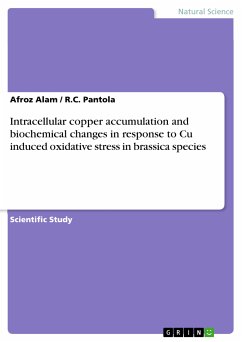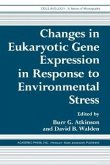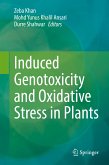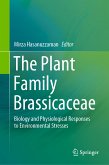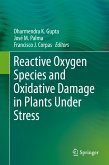Scientific Study from the year 2016 in the subject Biology - Botany, Bansthali University, language: English, abstract: Out of 90 naturally occurring elements, 53 are considered as heavy metals, however, not all of them have biological significance. Heavy metals cannot be smashed, but can only be altered from one state to another. On the basis of their solubility in physiological conditions, 17 heavy metals are obtainable for living cells and of significance for the organism and ecosystem. Among these metals, Fe, Mn and Mo are important as micronutrients; Cu, Co, Cr, Ni, V, W and Zn are noxious elements with high or low importance as trace elements. Most common heavy metals, namely, Cu, Cd and Zn create the major problem in contaminated soils that is completely different from organic pollutants. Unlike organic pollutants, these heavy metals cannot be biodegraded and therefore exist in the environment for extended periods of time. Hence, environmental pollution caused by these heavy metals becomes more frightening and tricky with ever increasing unplanned mining and unconstrained industrial activities. In present scenario of increasing industrialization, soil and water contamination is exceptionally alarming and widespread all over the developing world, including highly populated countries like China and India. Thus the toxicity of heavy metals in our environment is a worldwide problem and a growing hazard to the sustainable ecosystem. The present book is written on the basis of extensive research with the objectives to find out the uptake and toxicity of copper in three species of Brassica viz. B. juncea (L.) Czern., B. napus L. and B. rapa L. It also provides an insight regarding the tissue specific cellular buildup of copper in root, shoot and leaves of these species. The relationships with growth and biochemical changes under Cu induced stress are also discussed in this book.

